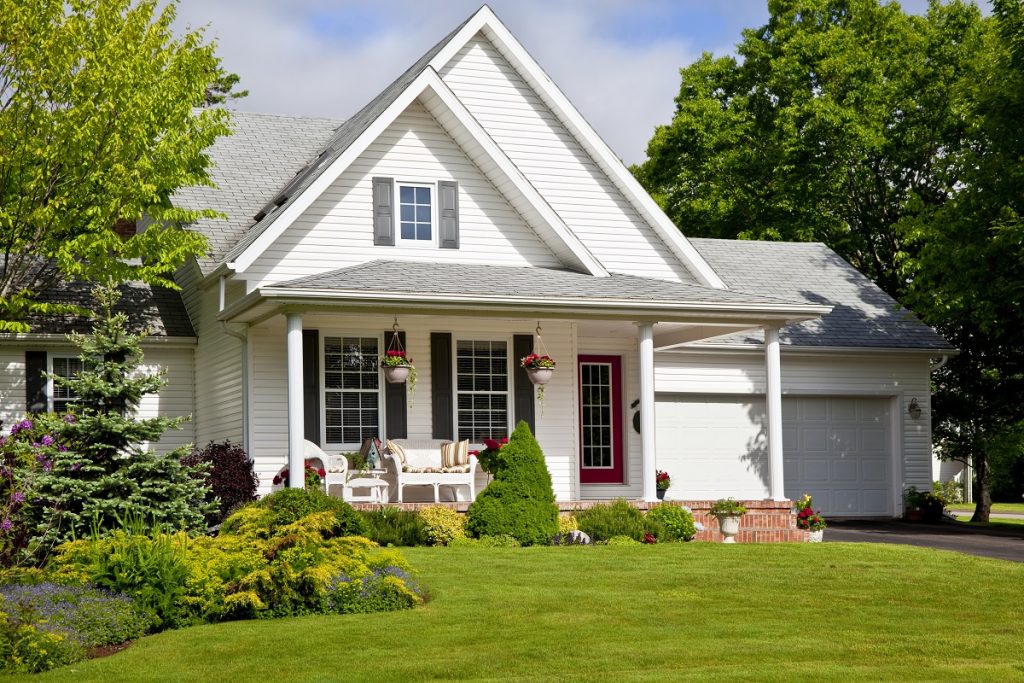- Inspect your foundation regularly for cracks and wear.
- Invest in high-quality building materials.
- Add weatherstripping and storm shutters to protect from the elements.
- Insulate walls, attic, and floors to reduce heat transfer and humidity.
- Maintain regular maintenance and repairs to extend the lifespan of your home.
Your home is a place of comfort and security and a significant investment. By implementing these five essential tips, you can increase the longevity of your home while reducing the need for frequent repairs and replacements. Here are the actionable steps to fortify your dwelling and create a durable sanctuary for you and your family.
1. Strengthen the Foundation
A solid foundation is crucial for your home’s overall durability and stability. Start by inspecting your foundation regularly for any cracks or signs of wear. If you notice any issues, consult with a professional to assess the severity and get it repaired promptly. Additionally, consider applying waterproofing sealants to prevent water infiltration, as moisture can weaken the foundation over time. Properly graded landscaping around the house can also help divert rainwater away from the foundation, reducing the risk of damage.
2. Opt for High-Quality Materials

Investing in high-quality building materials is an investment in the long-term durability of your home. Whether you are building a new home or planning renovations, prioritize materials known for their resilience and longevity. For example, choose durable roofing materials like metal or clay tiles that can withstand harsh weather conditions and have longer lifespans than traditional asphalt shingles. When it comes to flooring, hardwood or tile surfaces are more durable and easier to maintain than carpeting. Consider using fiber cement siding instead of wood, as it is more resistant to pests and rot.
3. Enhance Weatherproofing
Protecting your home from the elements is vital in ensuring its durability. Start by inspecting and sealing any gaps or cracks in doors, windows, and walls, as they can let in moisture and cold air. Add weatherstripping to doors and windows to improve energy efficiency and reduce strain on heating and cooling systems. Install storm shutters or impact-resistant windows in areas prone to hurricanes or severe storms. Additionally, invest in a robust gutter system and ensure it remains free from debris to channel rainwater away from your home’s exterior.
4. Proper Insulation and Ventilation
Proper insulation enhances your home’s energy efficiency and protects it from potential damage caused by extreme temperatures and moisture. Insulate your walls, attic, and floors to reduce heat transfer and prevent condensation, which can lead to mold growth and rot. Well-ventilated spaces help maintain healthy indoor air quality and prevent moisture buildup. Consider installing exhaust fans in kitchens and bathrooms to expel humid air, and ensure your attic has adequate ventilation to prevent the formation of ice dams in colder climates.
5. Invest in Maintenance and Repairs
Regular maintenance and prompt repairs are essential to extend the lifespan of your home and prevent minor issues from becoming major problems. It’s also wise to invest in professional inspections, such as annual roof inspections or termite inspections, to catch potential issues early on.
Here are the types of maintenance and repairs to consider:
Roofing
Your roof is one of the most important components of your home and should be inspected at least once a year. Working with a local roofing company can help inspect for any signs of wear, such as damage or discoloration, and recommend necessary repairs. Professionals will also check for signs of ice buildup or missing shingles and replace them promptly.
Plumbing

Inspect plumbing fixtures regularly for any signs of water damage or leaks. Replace old pipes, fittings, and washers regularly to prevent serious issues from occurring. If you suspect a major issue with your plumbing system, consult a licensed plumber as soon as possible.
HVAC System
Servicing your HVAC system twice a year ensures it runs efficiently and reduces energy costs. Inspect the air filters, vents, and ducts for dirt buildup or other wear and tear signs. If you need repairs or a replacement system, consult an experienced HVAC technician.
Termite Control
Termites can destroy your home and may not be noticed until it’s too late. Invest in an annual termite inspection to spot any potential signs of infestation early on. If you find evidence of an infestation, hire a professional exterminator to treat the problem before it worsens.
Closing Thoughts
Your home is more than just a place to live; it’s an investment that deserves protection and care. Following these five tips can make your home more durable and resilient, saving you money on frequent repairs and replacements in the long run. Strengthening the foundation, using high-quality materials, weatherproofing, ensuring proper insulation and ventilation, and investing in regular maintenance and repairs will help safeguard your home, providing you with peace of mind and a safe haven for years to come. Embrace these practices, and you’ll have a durable home that withstands the test of time.
